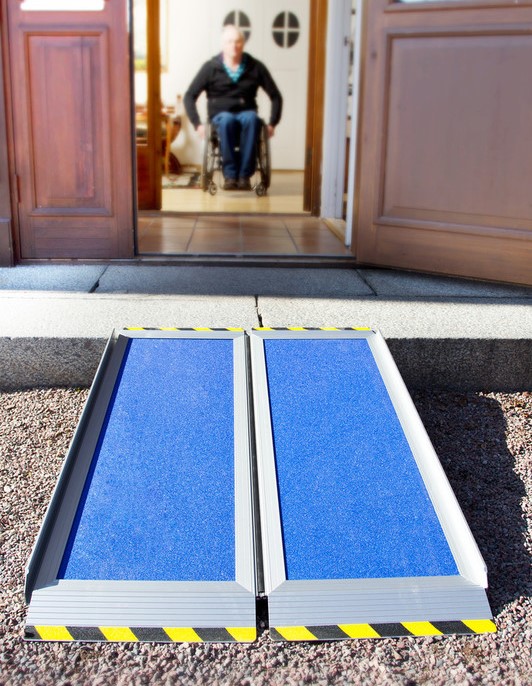Commuting and local travel
Most of our tips will help you with general travel. But what about commuting and travelling locally with a physical disability?
In both cases, certain accessories may be helpful. A portable wheelchair lifter is an invaluable way to get your wheelchair into the car without hurting your back, which helps students travel to and from the campus.
And it's possible to get a wheelchair that is optimized for commuting. Modern designs like Jonathan O’Conner's hubless wheelchair are easier to travel with than traditional wheelchairs.
 Beyond the gear, it's important to communicate with everyone ahead of time. Before going to a gym for the first time, for example, you should call ahead and verify that the building is accessible.
Beyond the gear, it's important to communicate with everyone ahead of time. Before going to a gym for the first time, for example, you should call ahead and verify that the building is accessible.
And if your work commute is difficult, it's important to confide in your boss about this. Your employer may be able to make further accommodations as needed, and chances are they don't fully appreciate any commuting difficulties you may be having.